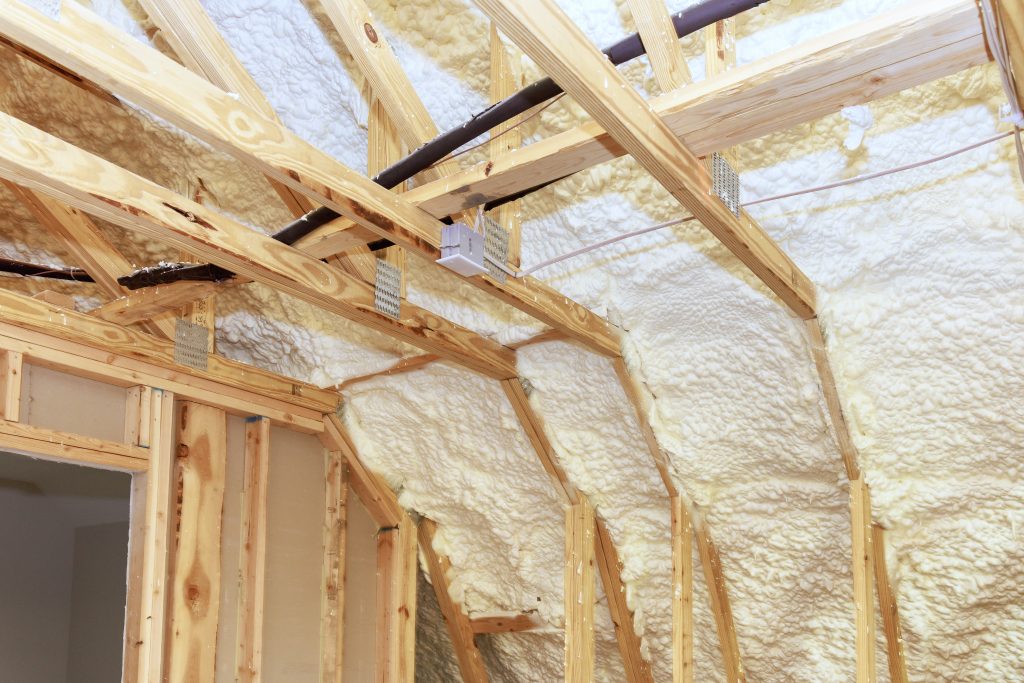Curtains are one of the most elegant and functional elements in any room. They provide privacy, control natural light, and enhance the aesthetic appeal of your living spaces. But with their constant exposure to airborne particles, spills, and occasional accidents, stains on curtains are almost inevitable. Before diving into cleaning, it’s crucial to first identify the type of stain you’re dealing with. This simple but essential step ensures you apply the right cleaning method, protecting your curtain fabric and achieving effective results. At Prime Curtain Cleaning, we believe that a well-informed approach to curtain stain removal not only saves time and effort but also prolongs the life of your curtains.
Why It’s Important to Identify Stain Types
Not all stains are created equal. Some are water-based, others oil-based, and a few might be a mix of both. Each type reacts differently to cleaning agents and methods. For instance, using water on an oil-based stain could cause it to spread or set deeper into the fabric. Similarly, scrubbing a delicate curtain fabric with a harsh chemical might cause irreversible damage. That’s why identifying the stain type before attempting any curtain stain removal is crucial. By understanding the nature of the blemish, you can choose a safe, effective method tailored to both the stain and the curtain fabric.
The Most Common Types of Curtain Stains
Curtains encounter various types of stains, from accidental spills to environmental build-ups like dust and mold. Some of the most frequent culprits include food and beverage stains, oily spots, ink marks, water rings, and pet stains. Dust accumulation, though subtle, can also discolor fabric over time, creating a dull appearance. Another common problem is mildew or mold stains, especially in humid environments where moisture lingers around window areas. Each of these requires a different approach to cleaning and a careful assessment before treatment begins [1].
How to Identify the Stain Before Cleaning
Start by inspecting the stain’s appearance, color, texture, and odor, if any. This gives immediate clues about its origin. Food and beverage stains often appear darker and may leave sticky or crusty residues. Oil-based stains have a greasy texture and may darken the fabric in a subtle, often circular way. Ink stains are usually easy to spot due to their bold color. Water stains or rings typically present as faded or discolored spots. Mold or mildew stains might have a musty odor and appear as dark speckles or patches on the fabric.
In some cases, you may need to gently blot the stain with a white cloth and a little cold water to see if it transfers. If it does, it’s likely water-based. If it resists, it might be oil-based or protein-based. Avoid using hot water at this stage, as heat can set certain stains permanently into the fibers.
Matching Stain Type with the Right Cleaning Approach
Once you’ve identified the stain, choosing the right cleaning method is the next step. For water-based stains like juice, tea, or mud, cold water and a mild detergent usually do the trick. Blotting is always better than rubbing, as it avoids spreading the stain. Oily stains from food or cosmetics often require a degreasing agent or a solvent-based cleaner. Ink stains respond best to alcohol-based products or specialized ink removers. Mildew and mold stains need a fungicidal cleaner or a solution of vinegar and water to safely eliminate the growth without damaging the curtain fabric [2].
Fabric Matters Too
Just as identifying the stain type is essential, understanding the fabric composition of your curtains is equally important. Different fabrics react differently to cleaning solutions and stain removal methods. Delicate materials like silk, lace, or velvet require special care and are often best handled by professional services like Prime Curtain Cleaning. More durable fabrics such as polyester or cotton blends can withstand gentle hand or machine washing after appropriate stain pre-treatment. Always check the manufacturer’s label for cleaning guidelines before starting any curtain stain removal process [3].
Professional vs. DIY Stain Removal
While some minor stains can be safely managed at home using natural or store-bought products, certain situations call for professional intervention. Large, stubborn stains, or those on delicate, valuable curtains, should ideally be handled by experts. Professional services have the right tools, solvents, and expertise to assess stains, match them with suitable cleaning solutions, and restore your curtains to their former glory without risking damage. Prime Curtain Cleaning offers expert curtain stain removal for all types of fabrics and stains, ensuring safe, efficient, and lasting results.
Tips for Preventing Curtain Stains
Prevention is always better than cure. Simple habits can reduce the risk of stains on your curtains. Regular vacuuming or brushing down your curtains removes dust and prevents it from settling into the fabric. Keeping windows closed during cooking or using a range hood can reduce oil particles floating into curtain fabric. In homes with pets or children, setting clear boundaries about play or eating areas can help keep your curtains cleaner for longer. Also, using tie-backs or holdbacks keeps curtains away from potential stain sources like food, drinks, or heaters [4].
The Value of Timely Action
Acting quickly when a stain occurs is key to successful curtain stain removal. The longer a stain remains untreated, the harder it becomes to remove. Immediate blotting of spills, removing solids, and applying a suitable first-aid cleaning solution can prevent the stain from setting. However, it’s important not to panic-clean. Using random chemicals or scrubbing aggressively can worsen the damage. Instead, carefully assess the stain, test your cleaning method on a hidden part of the curtain, and proceed gently.
Trust Prime Curtain Cleaning for Stubborn Stains
No matter how careful you are, some stains are inevitable. Whether it’s an unexpected spill, a pet mishap, or environmental build-up, Prime Curtain Cleaning is here to help. Our team specializes in curtain stain removal, using professional-grade cleaning solutions and time-tested techniques tailored to your fabric type and stain issue. We offer both onsite and offsite cleaning services for your convenience, ensuring your curtains are cleaned, refreshed, and restored without hassle.
If you’re unsure about tackling a curtain stain on your own, or if your curtains need a deep, professional clean, don’t hesitate to reach out. Let us handle your curtains with the care they deserve. Join the many satisfied homeowners who trust Prime Curtain Cleaning to keep their curtains spotless and elegant, no matter what life throws at them.






